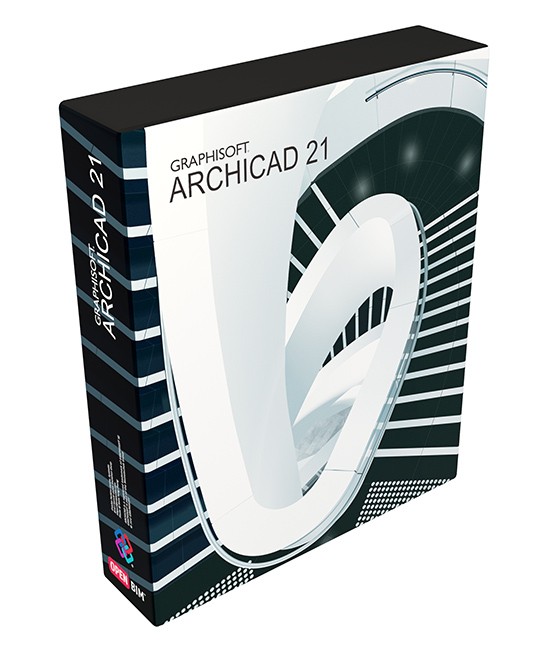BUDAPEST, May 2, 2017 – GRAPHISOFT®, the leading Building Information Modeling (BIM) software developer for architects and designers, today announced Archicad 21, the upcoming release of its industry-leading BIM software solution. The latest version of Archicad introduces the highly-anticipated Stair Tool, featuring Graphisoft’s patent-pending Predictive Design™ technology.

What’s new in Archicad 21
New Stair and Railing Tools
Designing stairs is one of the most complex tasks in architecture, since the stair must comply with stringent standards. The countless iterations required to sync design intent with these standards in a specific building has meant tedious, manual work – up until now. The new Stair Tool in Archicad 21 extends architects’ creativity with automatic validation against human ergonomics — on the fly. In other words, Archicad’s algorithms validate thousands of design options in the background and offer architects the most optimal stair designs to choose from within the context of the specific building.
With Archicad 21’s next-gen Stair Tool, architects can jump right into the creative process: placing stairs with simple polyline input and choosing from various design options. If a problem can be solved in a variety of ways, the software offers a selection of the best options that fit both the user’s graphical input and the chosen standards. Intuitive graphical methods allow users to easily tweak the stair’s shape and to customize structural and finish components. As for the Railing Tool, one-click input creates an instant associative railing along stairs or other building elements, whose posts and panels can be assigned as patterns, or customized individually.
Updated CineRender Engine
CineRender by MAXON offers architects integrated, photo-realistic rendering options in the BIM context. The latest version introduces Light Mapping and Secondary GI methods for more realistic, yet fast rendering.
Element Classification System
An Archicad model can be described as a central BIM database that stores all project data and makes it accessible to any project stakeholder. While previous Archicad versions provided a fixed set of Element Classifications, Archicad 21 introduces a flexible way to classify elements supporting any national or company-standard classification system. In addition, classifications are core to intelligent OPEN BIM workflows, providing unprecedented interoperability among disciplines. Classifications can be transferred between projects via XML file format.
IFC Model Referencing
Place IFC files as hotlinks into Archicad projects as protected reference content. Model Filtering narrows the inserted IFC reference content by categories, such as Structural or MEP, or by element selection. The inserted IFC model content can be updated easily from the linked source file. If the link is broken, elements of the inserted IFC modules can be edited as regular Archicad elements.
Collision Detection
With the evolution of BIM as the de facto workflow, architects increasingly receive consultant information in a BIM format. To help architects fulfill their role as lead coordinator of the model, Collision Detection becomes a standard part of the feature set starting with Archicad 21.
In addition to the features highlighted above, Archicad 21 delivers several other performance and functional improvements. For more information about Archicad 21, and to sign up for the online streaming of Archicad 21’s world premiere, please visit www.graphisoft.com/archicad.